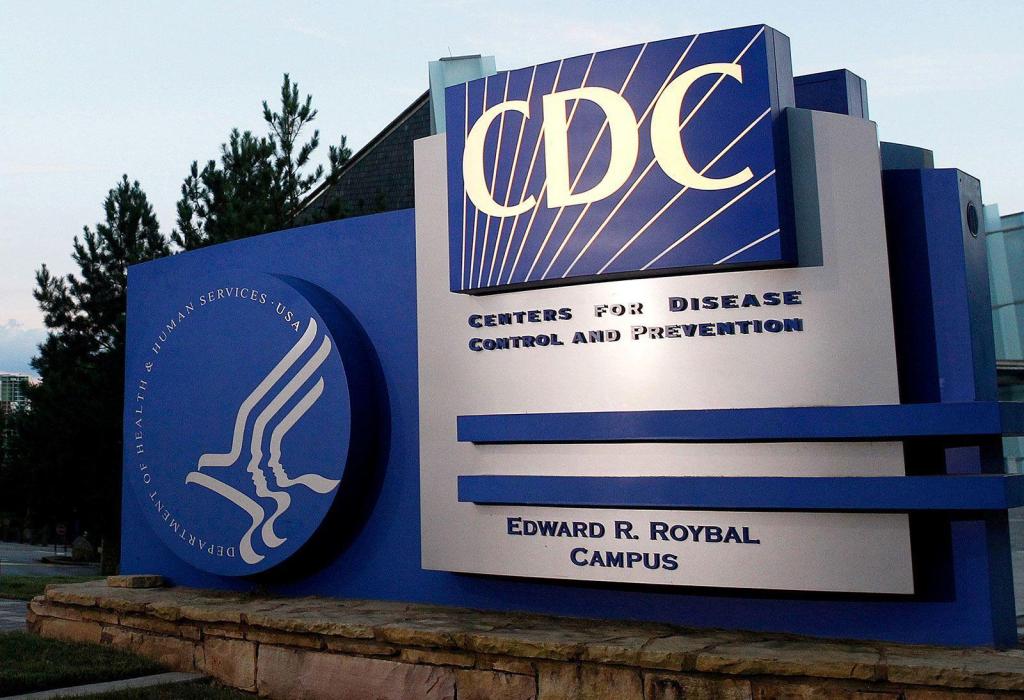The US Centers for Disease Control and Prevention is expected to shift its COVID-19 isolation guidance this spring to say that people no longer need to isolate once they have been fever-free for 24 hours and their symptoms are mild or improving, according to the Washington Post.
The Post cited four unnamed agency officials and said the planned shift was discussed internally last week and in a briefing with state health officials.
The CDC said there were no changes to the agency’s isolation guidelines to announce “at this time.”
“We will continue to make decisions based on the best evidence and science to keep communities healthy and safe,” said Dave Daigle, a spokesperson for the CDC.
TODAY: Millions of Americans have long COVID, including children and pregnant people, studies show
Since 2021, the agency has said people should isolate for at least five days if they tested positive for COVID-19, and then continue to mask. The updated guidance would bring COVID-19 in line with guidance for other respiratory viruses, such as flu.
CNN previously reported that California and Oregon had recently broken with CDC’s guidance to say that people who test positive for COVID-19 are no longer expected to isolate for a set period of time — and those without symptoms don’t have to isolate at all.
The science around COVID-19 transmission hasn’t changed, but experts broadly agreed after the California and Oregon changes that easing isolation timeframes won’t significantly increase community transmission or severe outcomes — in part because the virus has been circulating at very high levels, even with more restrictive guidance in place.
Some infectious disease experts said the change made sense because it would align with what many Americans already do.
Dr. William Schaffner, an infectious disease expert at Vanderbilt University, cited the latest variant, JN.1, as a case in point.
“It’s producing a lot of mild infection. Lots of people are not…
Read the full article here







